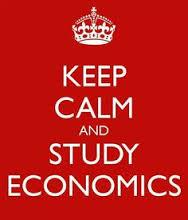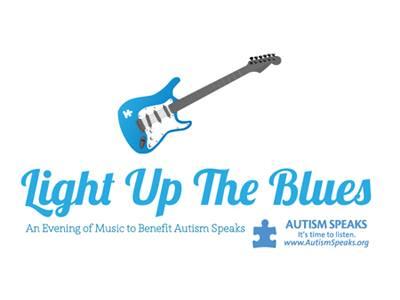Dangerous Higher Education Economics
Sep 05,2015
Free College
One of the hot button issues on the minds of many people leading up to the Presidential Primary season is the cost of Higher Education. There are many proposals to dealing with this issue; from requiring the universities to handle it themselves, to income-based repayment plans, to free community and/or for year colleges. Even though all of these proposals differ, their differences are less important than what they share. What they all have in common is a large misunderstanding of what's driving the crisis that all sides seek to solve.
Real Education
The problem with all the proposals mentioned above are that they don't take into account the real issues facing higher education right now. We can even see the effects of the college-for-all agenda when we look more closely at each of these real, fundamental issues of our higher education crisis. This has been a national goal for a while now, however it has also increased the total student-loan debt to approximately $1.2 trillion, which exceeds total national credit-card debt. This makes sense if you look at the fact that average tuitions have risen 440 percent in the past quarter century, far outpacing inflation.
In the Beginning
The thing that led the federal government to adopt and then repeatedly expand subsidies for student loans is that all students who went to college could afford to do so. However, the iterations of the loan-subsidy program have expanded it to include a significant number of students from families who are not poor. From their it became simple economics, when more money is given to the students, prices of tuition rises. Thus, when the national goal became college for everyone, it sent millions more flocking to college then in previous years. This sharp increase in demand could not help but increase the tuition prices.
Consequences
The strive to make college more affordable has had some other negative affects besides raising the national amount of student loan debt. The most tragic event is the decline in student learning. A genuine liberal arts and science core curriculum (a staple of higher education until 50 yrs ago) is too difficult for more than 20% of high school graduates. So, in order to send more students to college, the standards were dropped. Today, most universities have abandoned a required core curriculum, and replaced it with a "cafeteria-style" education-a little of this, a little of that.
Continuing Decline
Other disappointing declines in Higher Education exist as well. Another national study showed that in the early '60s, college students studied an average of 24 hours/week. Today, that number has slipped to 14. Also, these average students receives historically high grades. Fifty years ago, "A" grades went to 15% of college students nationwide. Today, an A is the most common grade given in college (43 %). Moreover, 73 percent of all grades awarded today are either A's or B's. Probably the most alarming is that roughly half of all who enroll in college never graduate. Of the half that do, roughly 36% fail to demonstrate any substantive increase in learning.
Conclusion
It can be seen from these studies that the outcome of what were good intentions of trying to make college more affordable for everyone has actually had many negative effects. Today, those without college degrees feel like second-class citizens. With this has come the denigration of the mechanical and other talents needed to succeed at skilled trades, which, on average, can pay well. Higher education reformers need to look at this bleak picture and wonder why all the possible solutions that exist right now will only make the real crisis that exists worse.
References:
1. Lindsay, T. (2015, August 29). Higher Education's Faulty Economics: How We Got Here. Retrieved September 5, 2015.





